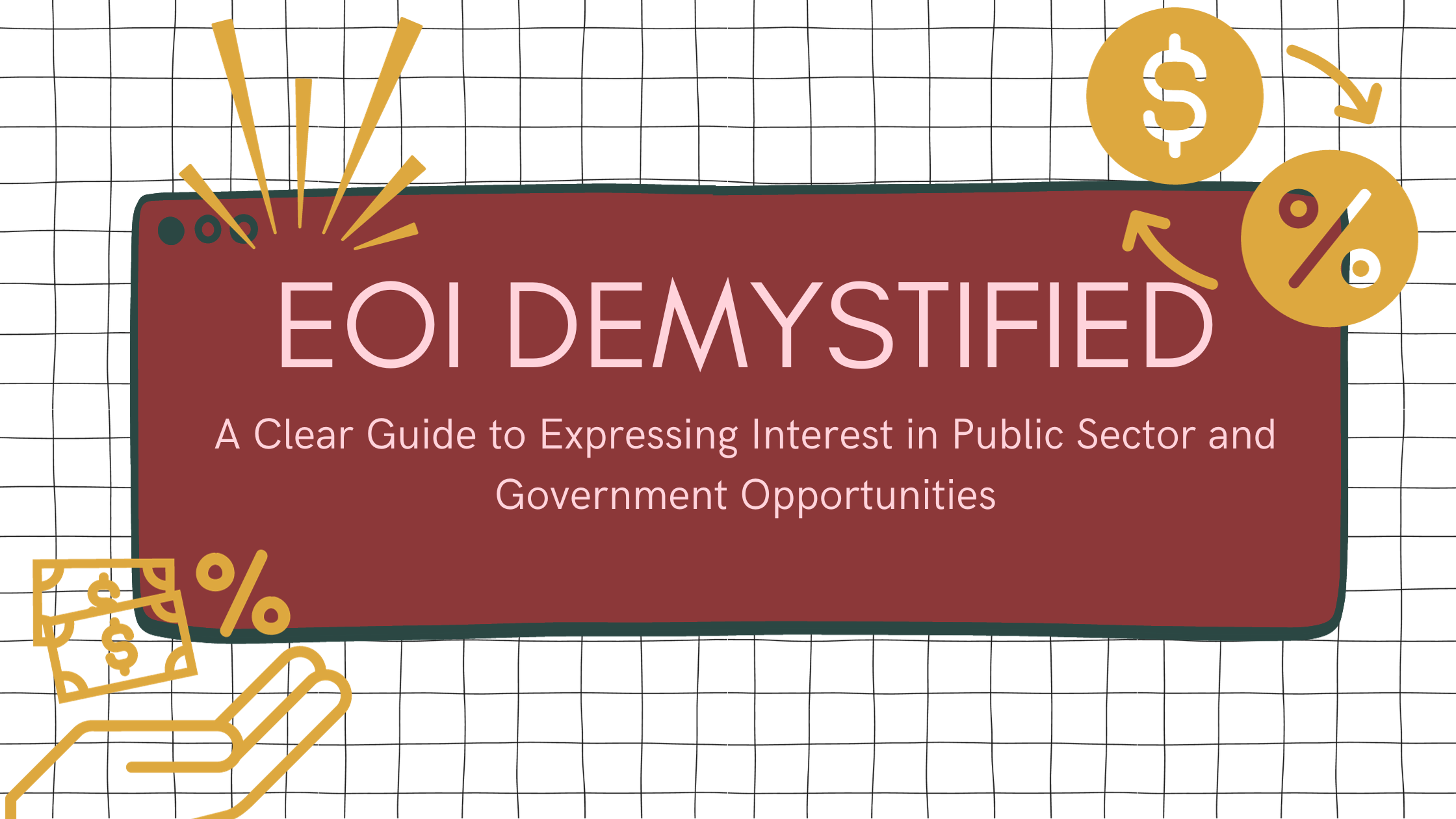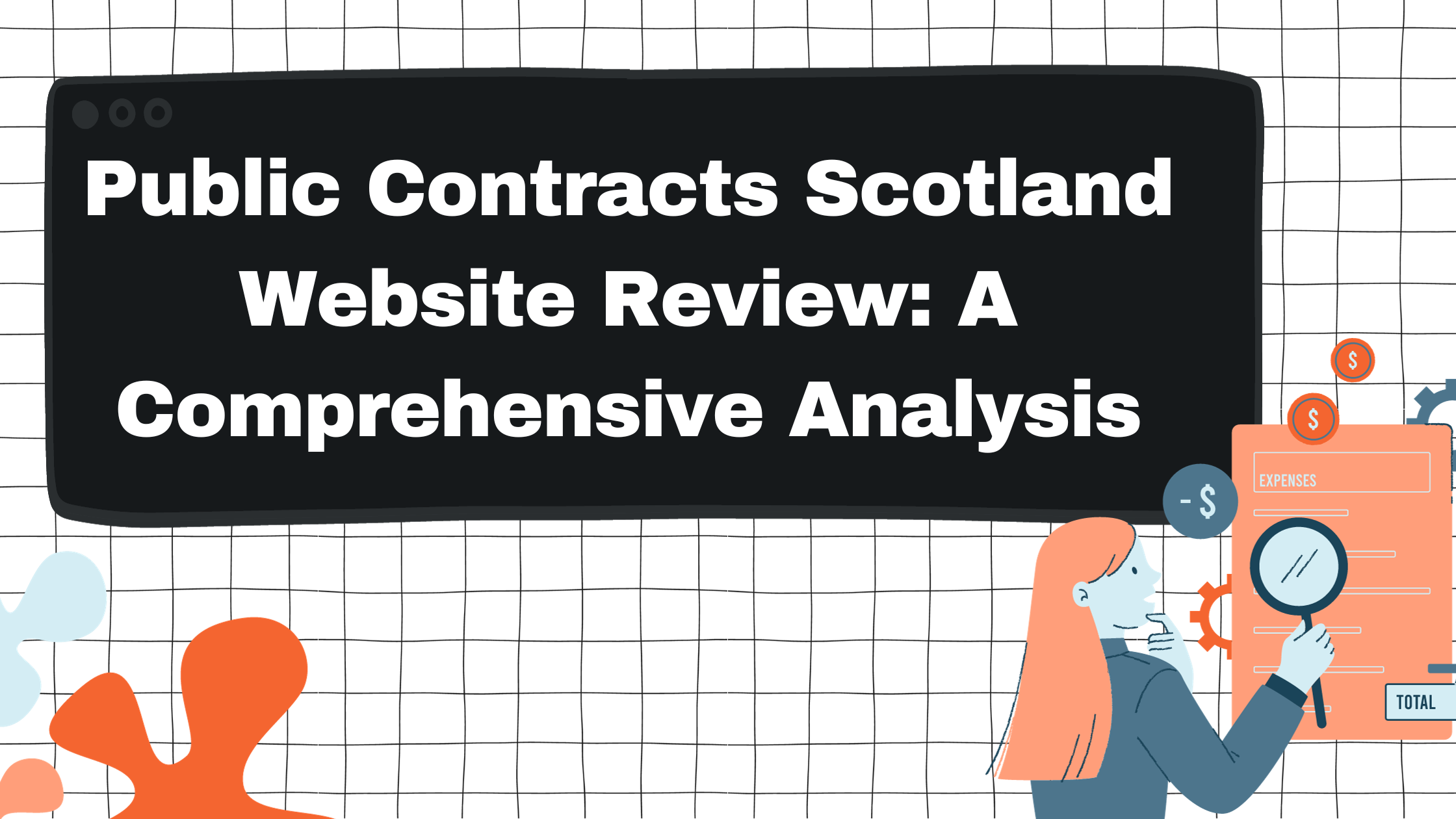Expert RFP and Proposal Writing Services: Enhancing Your Bid Success Rate

Need Help with Your Bid?
Get in touch by filling out the form and one of our advisors will be in contact.
Contact Us
In today's fast-paced business world, managing Requests for Proposals (RFPs) can be a time-consuming and complex task. That's where RFP automation comes in. By automating the RFP process, companies can save valuable time and resources, allowing teams to focus on high-priority projects and improving overall efficiency. RFP automation simplifies and accelerates the creation, management, and evaluation of proposals, ensuring that responses are both accurate and timely.

Using RFP automation tools gives companies a competitive edge in securing new business opportunities. These tools streamline the entire RFP process by using smart libraries, answer auto-fill features, and project tracking to optimize responses. As a result, teams can generate high-quality proposals quickly, improving response rates and increasing the likelihood of winning contracts. Additionally, these tools help in reducing human error, which can be crucial in maintaining consistency and professionalism in proposals.
Selecting the right RFP automation solution is essential for any organization looking to improve its proposal management process. It's important to evaluate different tools based on features, ease of use, and integration capabilities with existing systems. Implementing best practices during the setup and use of these tools can further enhance the benefits, leading to better team satisfaction and increased revenue.
Key Takeaways
- RFP automation saves time and resources, enhancing efficiency.
- Automation tools improve proposal quality and response rates.
- Choosing the right solution and best practices is crucial for success.
Understanding RFP Automation
RFP automation leverages AI and specialized software to streamline the RFP process. This reduces manual effort, increases efficiency, and enhances the consistency of proposals.
The Role of AI in RFP Automation
Artificial intelligence (AI) plays a crucial role in RFP automation by analyzing large volumes of data and suggesting relevant content. This helps our team quickly assemble a draft proposal based on past successful submissions.
AI also assists in identifying keywords and essential criteria required by the client, ensuring our proposal meets their specific needs. Machine learning algorithms continually improve by learning from each RFP response we generate, making future responses even more accurate.
AI-based tools can handle repetitive tasks, like filling in standard sections, so our writers can focus on customizing the unique parts of each proposal. This not only saves time but also ensures more consistent and high-quality responses.
Advantages of RFP Automation Software
RFP automation software provides several advantages, primarily through improving efficiency and consistency in the RFP process. These software solutions use automation to handle repetitive and time-consuming tasks, freeing up our team to work on more strategic aspects of the proposals.
One key advantage is the ability to manage content libraries. These libraries store standard responses and can be updated regularly to reflect the latest information. This means our proposals are always current and relevant.
The software also offers features like automatic reminders and tracking, helping us stay on top of deadlines and ensure that all required components of the RFP are completed on time. This makes the entire process more streamlined and efficient.
Key Features of RFP Automation Tools
RFP automation tools provide critical functionalities that streamline the RFP process. These features include seamless integration with other software, efficient content management through libraries, and improved collaboration with subject matter experts.
Integration Capabilities
Integration is essential for effective RFP automation. Our tools need to connect with various systems such as customer relationship management (CRM) and project management software. This connectivity ensures that data flows smoothly between platforms, reducing manual entry and minimizing errors. Systems like RFP360 offer integrations that help procurement teams manage everything in one place, boosting efficiency and accuracy in the process.
Content Management and Library
Content management is a cornerstone of RFP automation. Tools equipped with smart libraries can store and organize past responses, allowing us to quickly auto-fill answers to common questions. For instance, tools like Loopio support dynamic content libraries that update regularly. This feature speeds up the process and ensures consistency in our submissions, improving overall response quality and saving time.
Collaboration and Expertise Access
Effective collaboration is vital for crafting comprehensive RFP responses. RFP automation tools often include features that facilitate teamwork among our bid teams and subject matter experts (SMEs). With platforms like Procol, users can share documents and insights in real-time, eliminating version control issues. These collaborative functions ensure we leverage all available expertise to produce the best possible proposals.
Selecting the Right RFP Automation Solution
Choosing the best RFP automation solution requires understanding our business needs and evaluating top platforms. By focusing on our specific requirements and comparing leading software options, we can improve productivity and streamline our RFP processes.
Identifying Business Needs and Software Fit
We need to start by assessing our business needs. What pain points do we have with our current RFP process? Are we struggling with time management or collaboration?
Documenting these needs helps us ensure that the software we select addresses our unique challenges.
Key questions to consider:
- Does the software integrate with our existing tools?
- Is ease of use important for our team?
- Do we need strong collaboration features?
Understanding these factors helps us narrow down our choices. Defining clear goals and expectations allows us to evaluate software fit more effectively.
Comparison of Top RFP Automation Platforms
Once we identify our needs, we can compare top platforms like Pandadoc, RFPIO, Proposify, and RFP360. Each software offers unique features that may align differently with our requirements.
Pandadoc provides robust document automation and e-signature features, improving speed and compliance.
RFPIO is known for its powerful recommendation engine, which enhances response accuracy and relevance.
Proposify offers great customization and visual appeal, making it easier to create attractive proposals.
RFP360 excels in managing content libraries and version control, which boosts productivity and consistency.
Comparing these features ensures we select a platform that aligns with our business needs and improves our RFP processes. By focusing on what each platform offers, we make an informed decision that enhances our team's efficiency and effectiveness.
Implementation and Best Practices
Effective RFP automation implementation requires a well-defined strategy and continuous improvement through analytics. We need to focus on managing time, enhancing accuracy, and eliminating bottlenecks to ensure high-quality responses.
Strategies for Effective RFP Management
To manage RFPs efficiently, we should adopt structured processes that streamline proposal management. One approach is to use content libraries. These libraries store pre-approved answers and templates, reducing time spent on repetitive tasks.
Setting up workflows is another key strategy. Automated workflows ensure tasks are assigned and completed on time. We should also use automatic reminders to keep the team on track.
Collaboration tools play a vital role in facilitating teamwork. They allow multiple team members to work on different parts of the proposal simultaneously, ensuring consistency and accuracy.
Leveraging Analytics for Continuous Improvement
Analytics help us identify bottlenecks in our RFP process and areas for improvement. By tracking metrics such as response time, win rates, and feedback from past proposals, we can make data-driven decisions.
Dashboards and reports provide real-time insights, allowing us to pinpoint inefficiencies and measure the impact of changes. We can also use predictive analytics to forecast outcomes and refine our strategies.
Regular reviews of analytics data help us update content libraries and workflows, ensuring we maintain high-quality responses. By leveraging these insights, we can continuously improve our RFP management process.
Frequently Asked Questions
RFP automation is transforming how businesses manage their proposal processes. Below we address common questions about its features, benefits, and how different-sized businesses can utilize these tools.
What are the key features to look for in RFP automation software?
When selecting RFP automation software, it's important to look for AI-enabled matching, workflow automation, and robust collaboration tools. These features streamline the process and ensure accuracy.
How does RFP automation software improve the response process?
RFP automation software enhances the response process by significantly reducing the time spent on repetitive tasks. This allows teams to focus on high-value projects and submit more polished, comprehensive proposals.
Can small businesses benefit from RFP automation, and if so, how?
Small businesses can benefit from RFP automation through increased efficiency and productivity. The automation of routine tasks frees up resources, enabling small teams to handle more proposals and grow their client base.
What are the leading companies providing RFP response management solutions?
Some of the leading companies in RFP response management include RFP360, Loopio, and ZipHQ. These companies offer comprehensive tools tailored to streamline the RFP process.
How do proposal automation tools differ from traditional RFP software?
Proposal automation tools go beyond traditional RFP software by leveraging AI and machine learning to improve accuracy and efficiency. They not only automate repetitive tasks but also enhance collaboration, making the response process more seamless.
Are there any free RFP automation tools available for businesses?
While many RFP automation tools offer premium features, some providers do offer free versions or trials. This allows businesses to explore the benefits of automation without initial financial commitments, making it accessible to organizations of all sizes.
Ready to start your search?
Get in touch by filling out the form to the right and one of our advisors will curate a personalised selection for you.
Get in touchBlogs. Guides. Helpful advice.

Mastering Proposal and RFP Writing for Government and Public Sector Opportunities

Proposal and RFP Writing Services: Enhancing Public Sector Tender Outcomes

.svg)